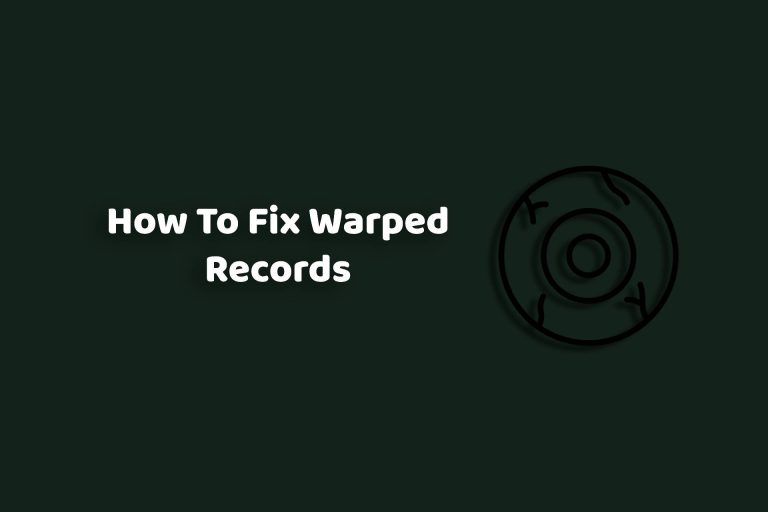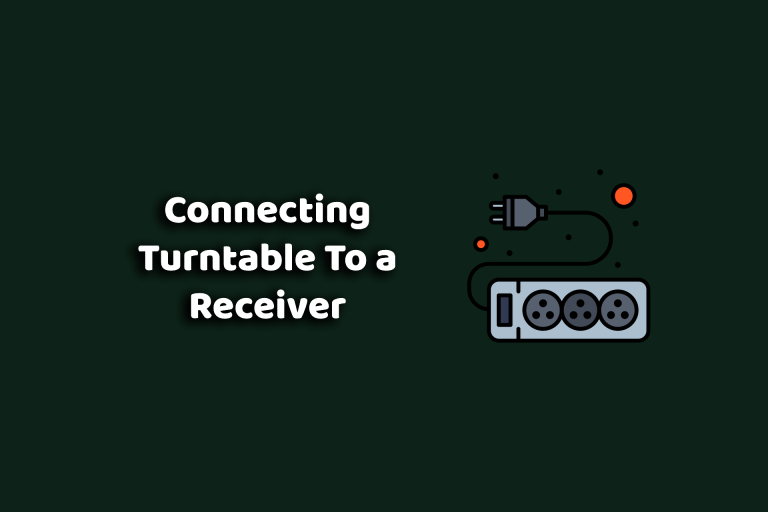How To Tell If A Record Is A First Pressing?
Have you ever tried identifying vinyl pressings?
Picture this: You’ve just found a great record at a local record store, but now the real challenge begins—figuring out if it’s a first pressing, a reissue, or something else entirely.
Unlike modern records that often come with helpful information, older records require a bit of detective work to uncover their origins.
In this guide, I’ll walk you through the key ways to check the pressing of your vinyl record, helping you assess its value and significance.
But let’s first discuss a misconception:
Common Misconception: Does “A1” in the Dead Wax Mean It’s a First Pressing?
Many people think that if “A1” is stamped in the dead wax (the area near the label), it must be a first pressing. But that’s not always true.
“A1” actually refers to the first time the record was cut, but if something goes wrong, they might make another cut, like “A2.” That new cut can still be part of the first pressing batch.
So, don’t rely solely on the “A1” mark—there’s more to it!
The Importance of First Pressings
When you hear the term “first pressing,” it refers to the very first time that a record was ever pressed and released to the public. This is the original release of the album, EP, or single. You might also hear it referred to as a “vintage pressing,” “original issue,” or even “OG press.”
Early pressings are often preferred by vinyl lovers and audiophiles because they are believed to have superior sound quality. These records are typically made from the first batch of metalwork, which means they’re closest to the original master tapes.
The quality tends to degrade with subsequent pressings, making early versions highly desirable.
Why Identifying Vinyl Records First Pressing Can Be Tricky?
When it comes to identifying when and where a record was pressed, things can get complicated. It would be great if every record came with a detailed history, but that’s rarely the case.
Instead, you’ll need to rely on clues hidden on the record itself. Even after doing some detective work, you might still be unsure if you’ve accurately identified the record. But don’t worry—there are tools and methods that can help you get pretty close.
What Do You Need to Identify First Pressings of Your Vinyl Records?
Here are two key resources that can help you in identifying your record pressing:
- Discogs: Discogs is a comprehensive online database of records. It’s like an encyclopedia, listing almost every record pressing available, along with detailed information. This resource is invaluable for anyone trying to determine what pressing they have.
- PopSike: PopSike is another excellent resource, especially for determining the value of a record. It has auction results from eBay dating back to 2004 or 2005, giving you insights into the market value of your record.
It’s worth noting that while eBay listings can be helpful, you should focus on the sold listings rather than the asking prices, as these often do not reflect the actual value.
Tools for Identifying First Pressings Of Vinyl Records
Here’s are some popular methods you can use for identifying the vinyl records:
1. Catalog Numbers
One of the most basic identifiers of a record pressing is the catalog number.
The catalog number can often be found on the cover, spine, or label of the record. This is your first clue.
Each label has a unique series of numbers, which can give you a rough idea of the year and issue.
However, it’s important to note that catalog numbers alone might not be enough to determine the exact pressing, as first and second pressings can sometimes share the same number.
2. Matrix Numbers
For a more precise identification, matrix numbers are your best bet.
These numbers are located into the dead wax area of the vinyl, which is the space between the last groove and the label.
This number can reveal where and when the record was pressed. Typically, the matrix number includes a combination of numbers and letters, with the final letter indicating the pressing order.
For example, a matrix number ending in “1S” suggests an early pressing, while a higher number like “14S” indicates a later pressing.
3. Record Labels
The record label itself can also offer valuable clues about the pressing. Labels often change slightly with each pressing, so comparing your label to images on Discogs can help you determine which pressing you have.
Pay attention to details like font layout, text placement, and any unique identifiers.
For example, Bob Dylan’s records on Columbia have variations like the 6-eye label for early pressings, which is rare and more valuable.
4. Country of Manufacture
The country where your record was pressed can also influence its value. UK pressings, for example, are often worth more than US pressings, though this isn’t always the case.
Japanese pressings, known for their high quality, are another example of how the country of manufacture can impact a record’s desirability.
Look for indicators like the “obi” strip on Japanese records, or small print on the back cover or label that mentions the country of manufacture.
5. Barcodes
Barcodes are a clear indicator that a record is not a first pressing, as they weren’t used on records until around 1980.
If you see a barcode on a record that is supposed to be from the 1960s or 1970s, it’s a sure sign that it’s not an original pressing.
6. Covers and Colored Vinyl
Sometimes, the cover or the color of the vinyl itself can offer clues about the pressing.
For example, certain records have unique cover variations or were issued on colored vinyl, which can indicate a specific pressing.
However, be cautious with colored vinyl, as many fake and illegal ones exist, especially of popular albums like those by Pink Floyd or Led Zeppelin.
7. Use Discogs
You can start by searching for the title on Discogs and narrowing down the options from there.
On the master release page of Discogs, scroll down to the version selection box.
To make things easier, you can also narrow it down by format (vinyl), label (Atco), and country (United States).
But remember, not all the information might be perfect, so it’s good to compare details and do some hits and trials.
Ensuring Your Record’s First Pressing Status!
Identifying a first pressing is not that easy. It’s not just about seeing “A1” in the dead wax. You need to look at all the details—like matrix numbers, catalog info, and even the sleeve’s texture.
By carefully checking these against Discogs, you can usually figure out if your record is a first pressing.
At the end of the day, common sense and experience are your best tools for identifying a record pressing. The more you handle records and familiarize yourself with them, the better you’ll become at identifying subtle differences.
Always take your time, do your research, and use your judgment before making a purchase or determining the value of a record.
Frequently Asked Questions
What is the first vinyl pressing?
The first vinyl pressing is the initial batch of records produced from the original master recording, typically offering superior sound quality and greater collectibility
Are first press vinyls better?
First press vinyls are often considered better due to their higher sound quality, thicker vinyl, and unique characteristics that may not be present in later pressings.






